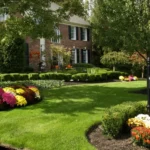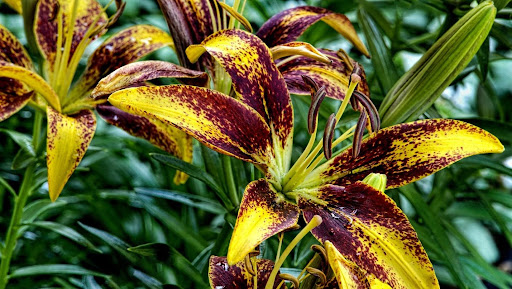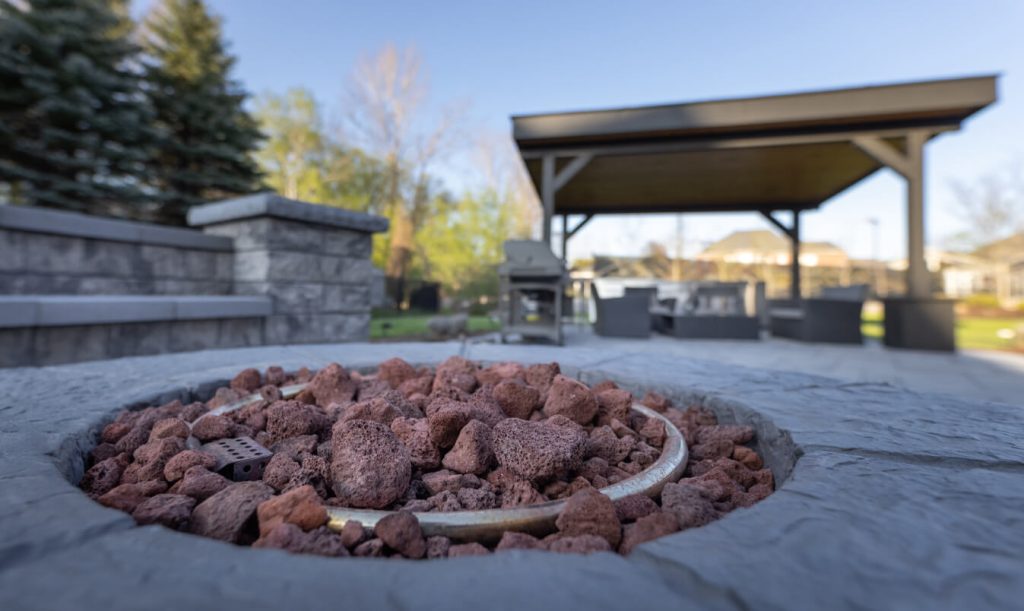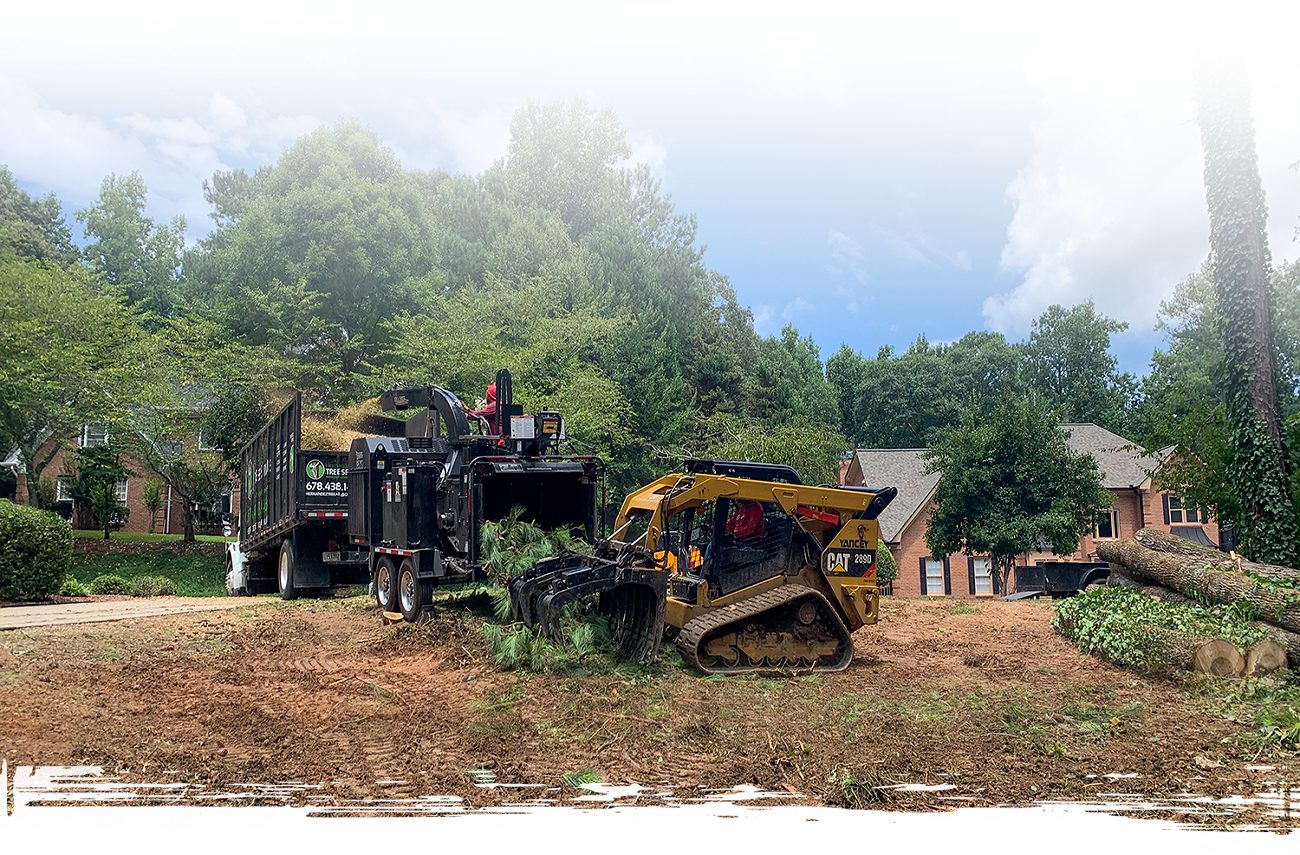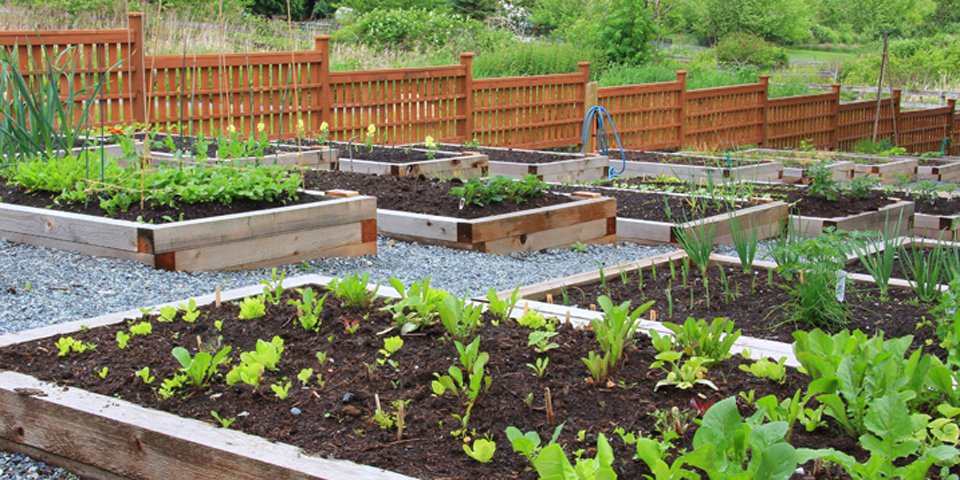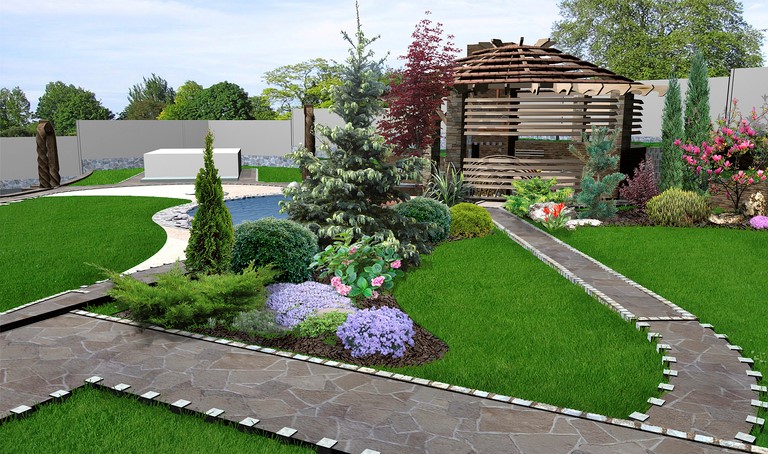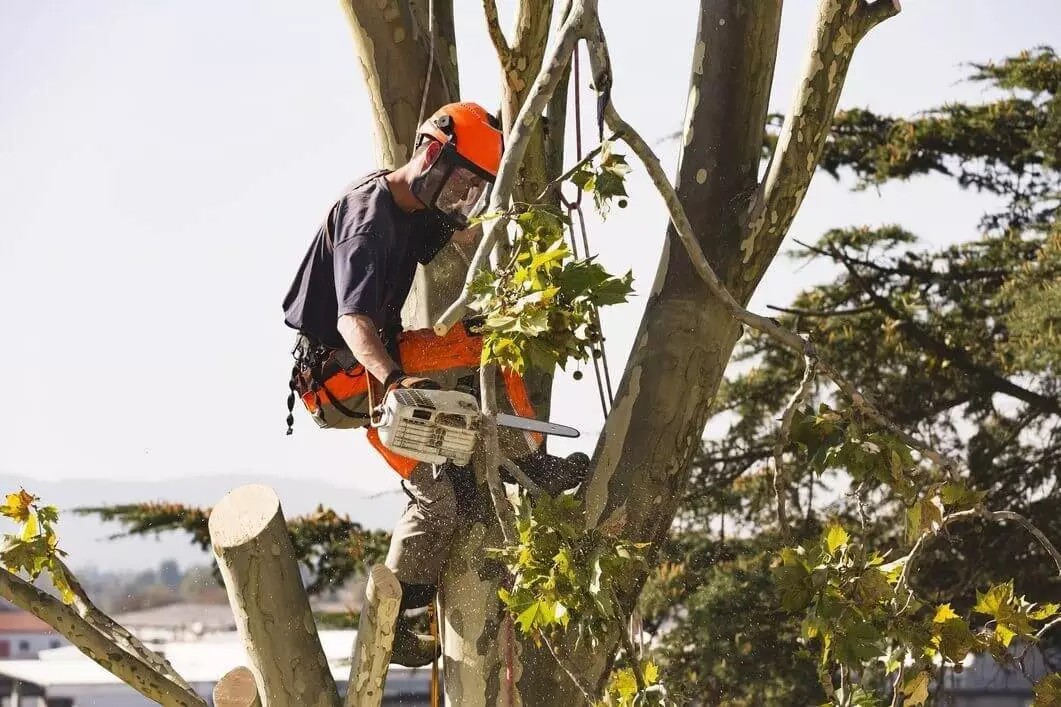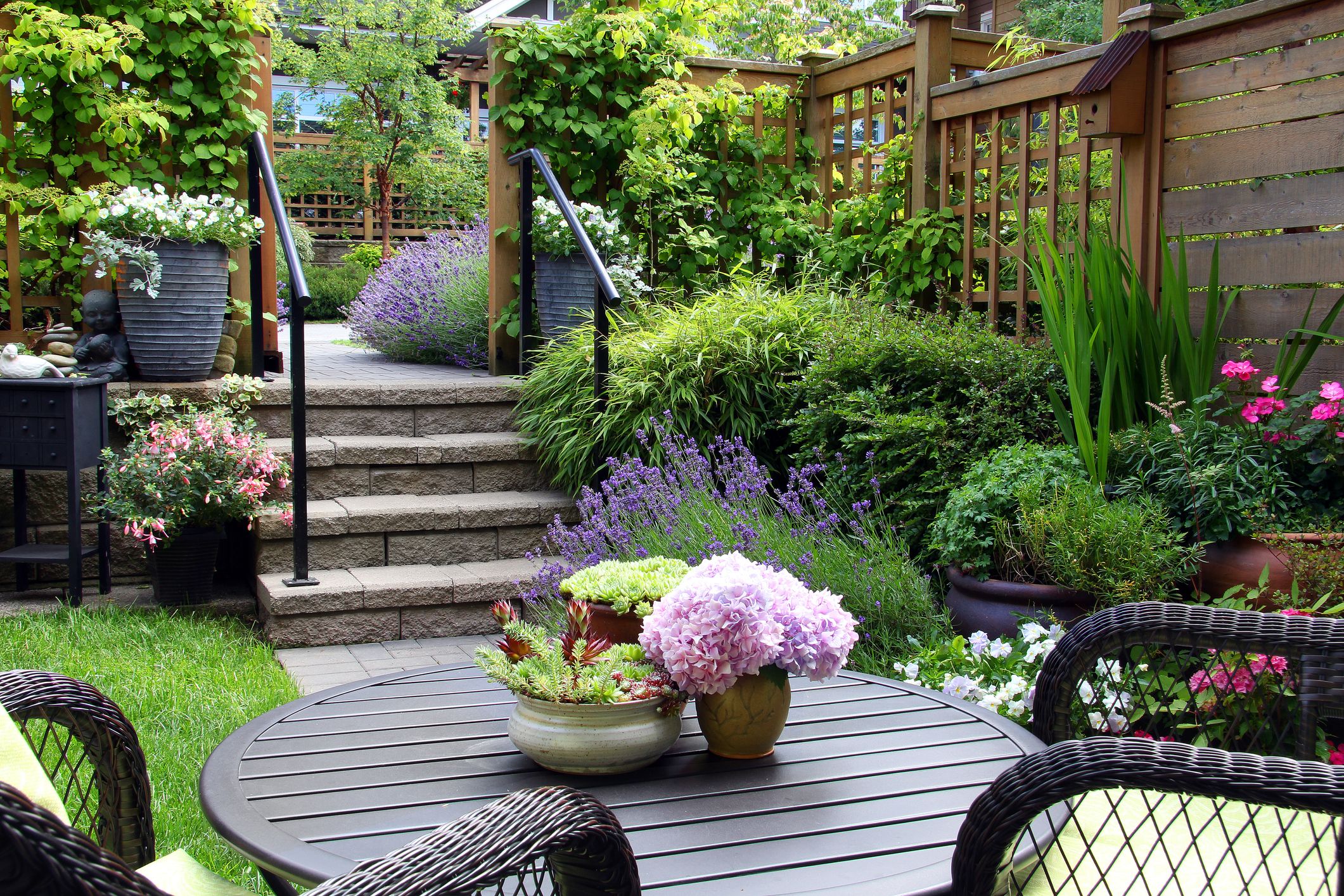3 Unique Gardens from Around the World
Gardens. They’re something that everyone knows at least something about, right? We get that not everyone is a Monty Don or Alan Titchmarsh, but upon hearing the word garden, we automatically think a space bursting with beautiful blooms.
But what does the word garden really represent? Do gardens all around the world look the same? What about their purpose?
While we may only really consider gardens to be the plots of land attached to our properties or grand, landscaped public areas created for the community to enjoy. But what other types of garden are there?

Environmental gardens:
As the world starts to realise how much damage has been done to the planet, more and more environmental gardens are popping up around the world.
These gardens focus on helping stabilise the environment and incorporate features which attract wildlife and plants which require very little in the way of maintenance to reduce energy waste. They are sometimes known as xeriscape gardens.
Attracting pollinators and wildlife which help with the dispersion of seeds is also a huge part of creating an environmental garden, such as bees, butterflies and birds.
These types of gardens are more common in the western world, but that’s not to say they are exclusive to these parts of the globe.
Japanese Gardens
Also, more commonly known as Zen gardens, these landscaped areas usually have a heavy focus on water and encompass a passion and respect for nature.
Water features such as waterfalls, ponds and trickling streams play a huge part in the aesthetic of these gardens, as well as enhancing the atmosphere with relaxing, natural sounds.
They are also synonymous with using natural materials such as stone, bamboo and sand, with strategically placed paths, bamboo or wood structures and sand-filled areas appearing in most zen styled spaces.
These gardens can be seen around temples in the far east and became popular because of the simplicity of their design.
Cutting Gardens
For the more gardening-aware amongst you, cutting gardens may already be a style that you utilise yourself.
Mainly used by gardeners who specialise in either exotic or rare plants, these gardens are usually very simple in nature, with only a few varieties growing at a time under specific conditions. The idea is to grow the perfect plant to take cuttings from to adorn their homes, giving you an essentially continuous supply of flowers.
However, cutting gardens aren’t just for the veteran gardener, and there are plenty of guides for newbie gardeners to get started, including starting off using cutting plant propagators to get the garden up and on its feet.

I am Scott Miller and my love is writing about home improvement. I write mostly about home ideas, but also share some tips and tricks that can make your life easier when it comes to getting things done in the house.

